In the azure waters between the islands of Mindoro and Luzon, a visionary infrastructure project has been taking shape for more than a decade that could reshape the economic landscape of the southern Tagalog region.
The proposed Mindoro-Batangas Super Bridge, a 15-kilometer span across the Verde Island Passage, promises to link two vital areas of the country, potentially spurring trade, tourism, and development.
But the project, which has been in various stages of planning for over a decade, faces significant challenges.
Environmental concerns, technical hurdles, and questions about economic viability have all contributed to delays.
Now, as the administration of President Ferdinand Marcos Jr. includes the bridge on its list of priority public-private partnership (PPP) projects, momentum appears to be building once again.
“This bridge could be a game-changer for Mindoro and the entire MIMAROPA region,” said Ramon S. Ang, president and CEO of San Miguel Corporation (SMC), one of the country’s largest conglomerates and a key proponent of the project. “We’re talking about faster transport of goods, more efficient movement of people, and opening up new opportunities for investment and growth.”
A Long-Standing Vision
The idea of connecting Mindoro to the mainland is not new.
As early as 2011, local officials began pushing for a feasibility study on a bridge link.
The concept gained traction due to the potential benefits for agriculture, with easier transport of goods from Mindoro to Metro Manila seen as a major advantage.
Over the years, various proposals have emerged.
In 2015, a group of Malaysian investors proposed a floating bridge design, while SMC presented its own plan to local governors. The estimated cost and timeline have fluctuated, with recent projections from SMC putting the price tag at around PhP18 billion pesos ($322 million) with a five-year construction period.
“We’ve faced setbacks over the years,” Ang acknowledged. “But we believe the time is right to move forward with this transformative project.”
The current proposal envisions a two-part bridge.
The first segment would span 6.4 kilometers from Barangay Ilijan in Batangas City to Verde Island.
The second, 4.4-kilometer stretch would continue from Verde Island to Barangay Sinandigan in Puerto Galera, Oriental Mindoro.

Technical Challenges and Innovative Solutions
The Verde Island Passage presents unique engineering challenges. With water depths ranging from 10 to 300 meters, traditional bridge construction methods are impractical for much of the route.
To address this, SMC and its partners are exploring innovative “floating bridge” technology.
This approach utilizes a series of pontoons or floating segments to support the roadway, allowing for construction in deep water without the need for massive support structures extending to the seabed.
“We’re bringing together global experts, including a European architectural and engineering firm, to conduct a thorough technical feasibility study,” Ang said. “Our goal is to design a bridge that’s not only structurally sound but also environmentally sustainable.”
The proposed design would make the Mindoro-Batangas link the first floating bridge in Southeast Asia with high ship passage capabilities beneath its pontoons. Plans call for both vehicle lanes and dedicated spaces for pedestrians and cyclists.
Environmental Concerns in a Biodiversity Hotspot
While the economic potential of the bridge excites many, environmental groups have raised significant concerns.
The Verde Island Passage is renowned as the “center of the center of marine biodiversity” globally, home to an astounding array of marine life.
“This area is a treasure trove of biodiversity,” a marine biologist at the University of the Philippines said. “We’ve documented over 1,700 marine species here, many of which are endangered. Any major infrastructure project in this region must be approached with extreme caution.”
The passage is not only ecologically significant but also economically vital for local communities. An estimated two million people across five provinces depend on the rich fishing grounds for their livelihoods.
Oceana Philippines, an environmental advocacy group, has been vocal in its opposition to large-scale development in the area. “We’re not against progress,” said the organization’s country director. “But we need to ensure that any project here prioritizes the protection of this unique ecosystem and the communities that depend on it.”
SMC has pledged to conduct thorough environmental impact assessments and work closely with local stakeholders to address concerns.
“We understand the ecological importance of this area,” Ang stated. “Our team is committed to finding solutions that minimize environmental impact while still delivering the economic benefits of improved connectivity.”
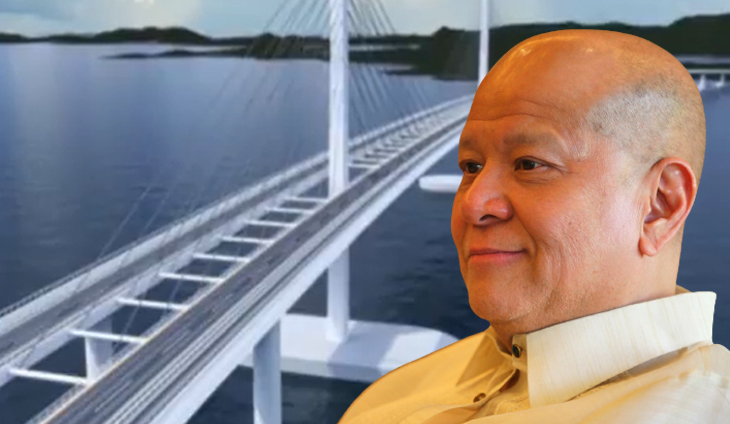
Economic Potential and Regional Development
Proponents of the bridge argue that its economic benefits could be transformative for the region.
Oriental Mindoro Governor Humerlito Dolor has been a strong advocate for the project, seeing it as a catalyst for post-pandemic growth.
“This bridge would open up new markets for our agricultural products, boost tourism, and attract investment to our province,” Dolor said. “It’s not just about convenience; it’s about creating opportunities for our people.”
The potential impact extends beyond Mindoro. The MIMAROPA region, which includes the provinces of Mindoro, Marinduque, Romblon, and Palawan, has long sought better connections to the economic hub of Metro Manila and surrounding areas.
An economist at the Asian Institute of Management, sees merit in the project but urges caution. “Improved infrastructure can certainly drive economic growth,” he noted. “However, we need to carefully model the costs and benefits, considering both direct economic impacts and potential environmental externalities.”
The bridge could also have significant implications for tourism. Mindoro’s pristine beaches and diving spots could become more accessible to visitors from Manila and beyond. “We’re excited about the potential to showcase our natural beauty to more people,” said a local tourism association head. “But we also want to ensure that any increase in visitors is managed sustainably.”
Funding and Implementation Challenges
As a proposed public-private partnership, the Mindoro-Batangas Super Bridge faces hurdles in securing funding and regulatory approvals.
The project’s inclusion on the Marcos administration’s priority list is a positive sign, but it does not guarantee swift implementation.
“PPP projects of this scale require extensive due diligence,” explained a specialist in infrastructure law. “We’re looking at a complex process involving multiple government agencies, environmental clearances, and likely international financing partners.”
The Department of Public Works and Highways (DPWH) will play a crucial role in moving the project forward.
Former DPWH Secretary Manuel Bonoan had once expressed cautious optimism about the bridge’s prospects. “We recognize the potential benefits of this project,” he stated. “Our team is working to ensure that all necessary studies and approvals are conducted thoroughly and transparently.”
International infrastructure investors are watching the developments with interest.
“The Philippines has been an attractive market for PPP projects,” said Sarah Chen, an analyst with a Singapore-based infrastructure fund. “A project of this scale and complexity could set important precedents for future investments in the country.”
Community Perspectives and Social Impact
In the coastal communities of Mindoro and Batangas, opinions on the bridge project are mixed. Many see the potential for economic growth and improved access to services, while others worry about disruption to traditional ways of life.
“We’ve been hearing about this bridge for years,” said Rodrigo Manalo, a fisherman from Puerto Galera. “I’m hopeful it could mean better prices for our catch and easier access to markets. But we also need assurances that our fishing grounds will be protected.”
In Batangas City, some residents express concerns about increased traffic and potential environmental impacts. “We’re already dealing with congestion and pollution from industrial development,” noted community organizer Elena Reyes. “Any new project needs to address these existing issues, not exacerbate them.”
Social scientists emphasize the need for comprehensive community engagement throughout the planning and implementation process. “Large infrastructure projects can have profound social impacts,” said a sociologist at Ateneo de Manila University. “It’s crucial to involve affected communities in decision-making and ensure that benefits are equitably distributed.”
Challenges and Opportunities
As the Mindoro-Batangas Super Bridge project moves forward, it faces a complex landscape of technical challenges, environmental concerns, and socio-economic considerations.
Balancing the potential for regional development with the imperative to protect one of the world’s most biodiverse marine ecosystems will require innovative thinking and careful planning.
“This project represents both the ambitions and the challenges of infrastructure development in the Philippines,” said former NEDA Secretary Ernesto Pernia. “If done right, it could serve as a model for sustainable, inclusive growth. But that will require unprecedented levels of cooperation between government, private sector, and local communities.”
For San Miguel Corporation and its partners, the next steps involve detailed feasibility studies and environmental impact assessments.
“We’re committed to a transparent, collaborative process,” Ang emphasized. “This bridge is not just about connecting two islands; it’s about building a bridge to a more prosperous future for the entire region.”
As studies progress and debates continue, the proposed Mindoro-Batangas Super Bridge stands as a symbol of the Philippines’ infrastructure ambitions and the complex realities of implementing transformative projects in sensitive environments.
Whether this long-discussed link becomes a reality remains to be seen, but its potential to reshape the economic geography of southern Luzon ensures it will remain a topic of keen interest in the years to come.




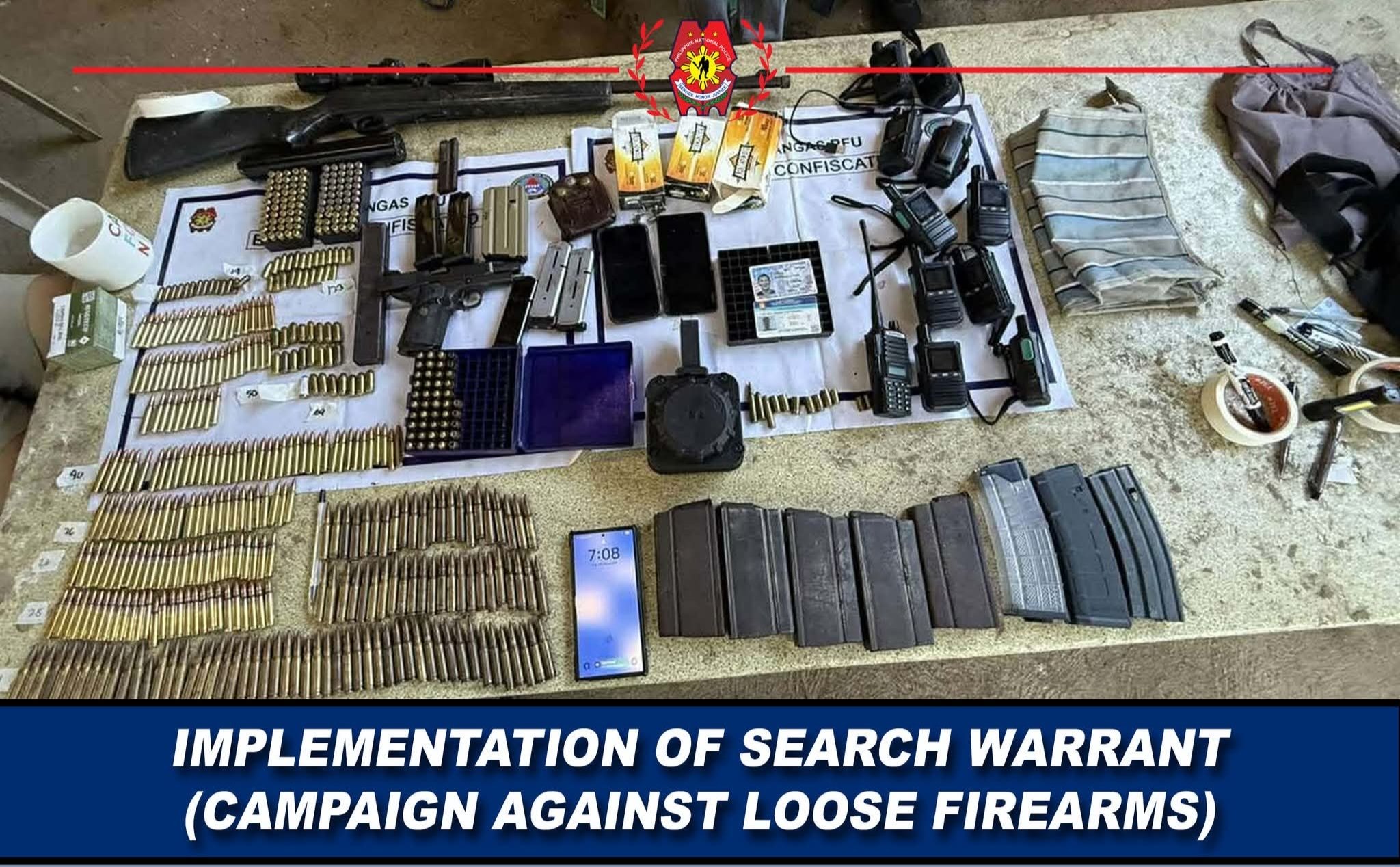
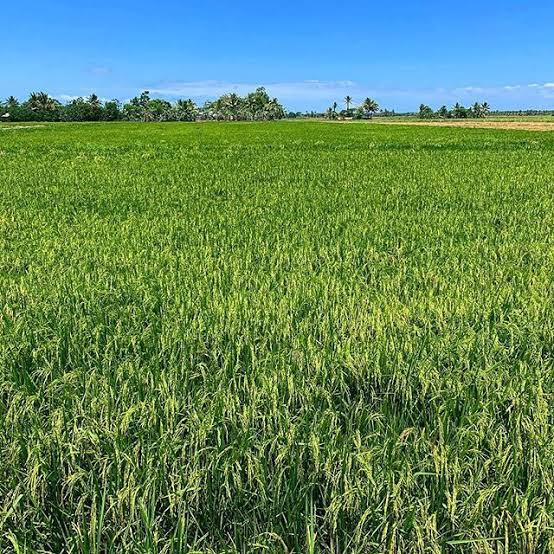
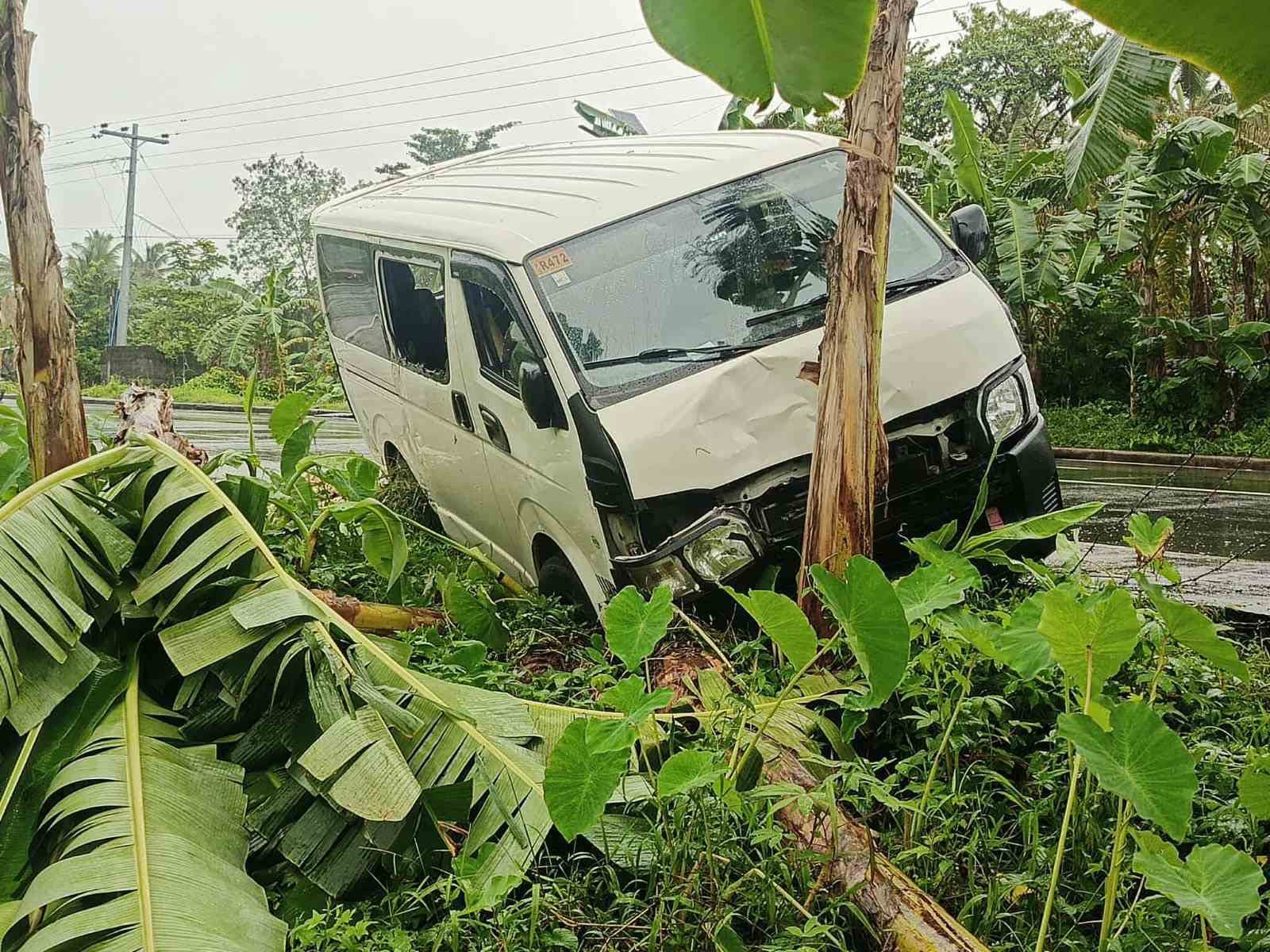
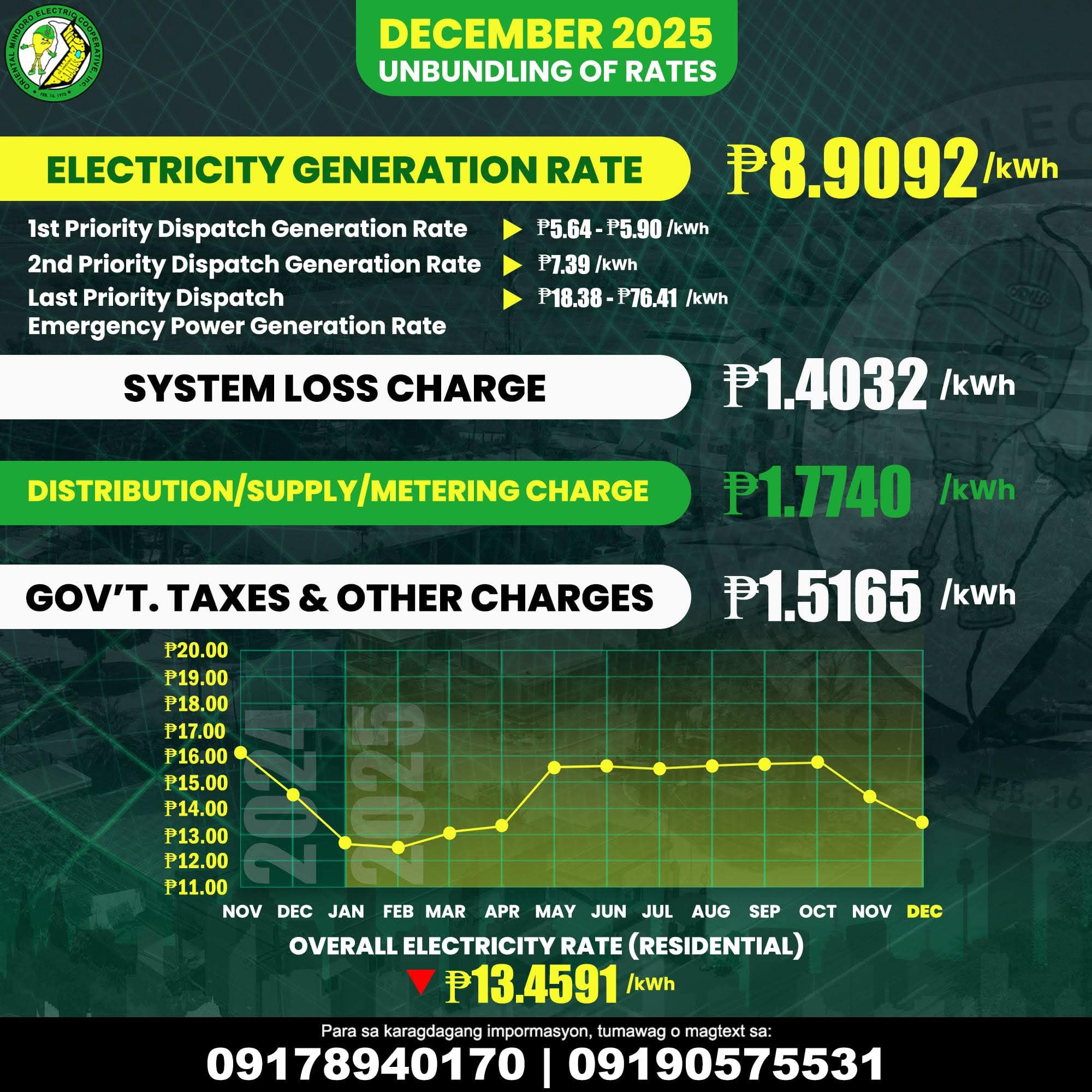

Write Your Comment